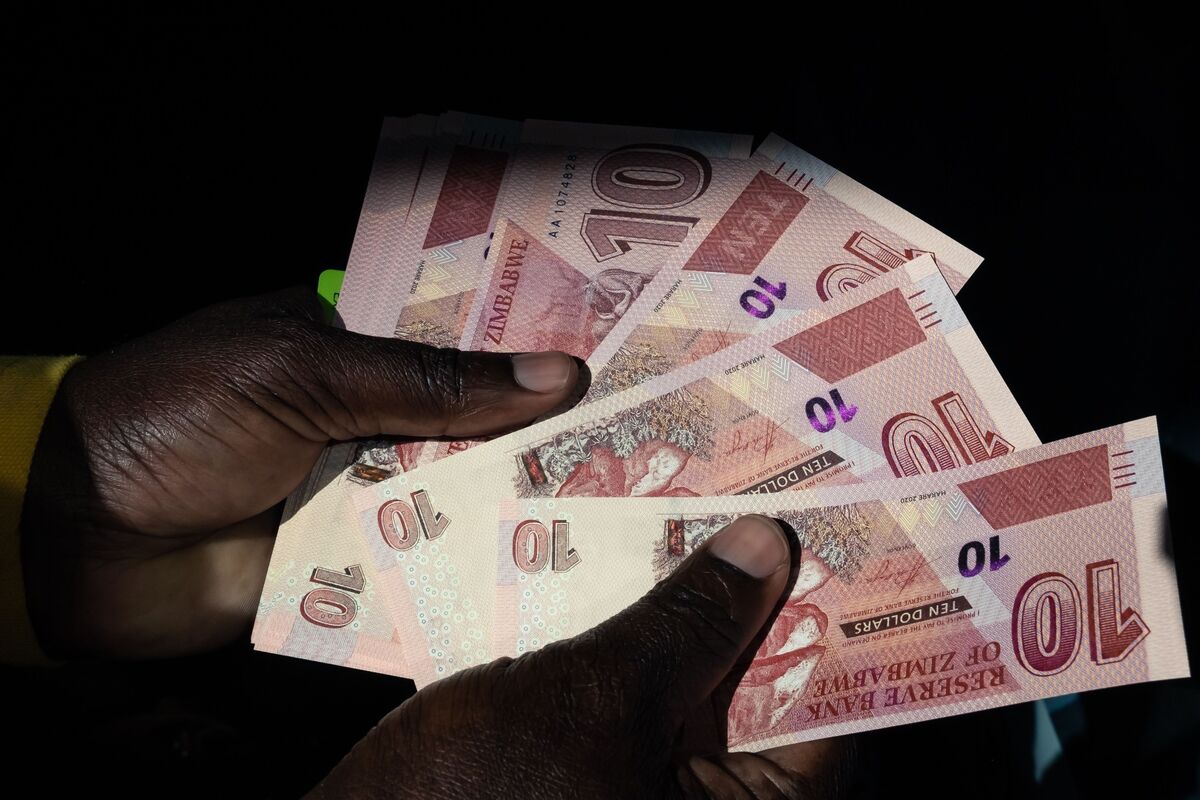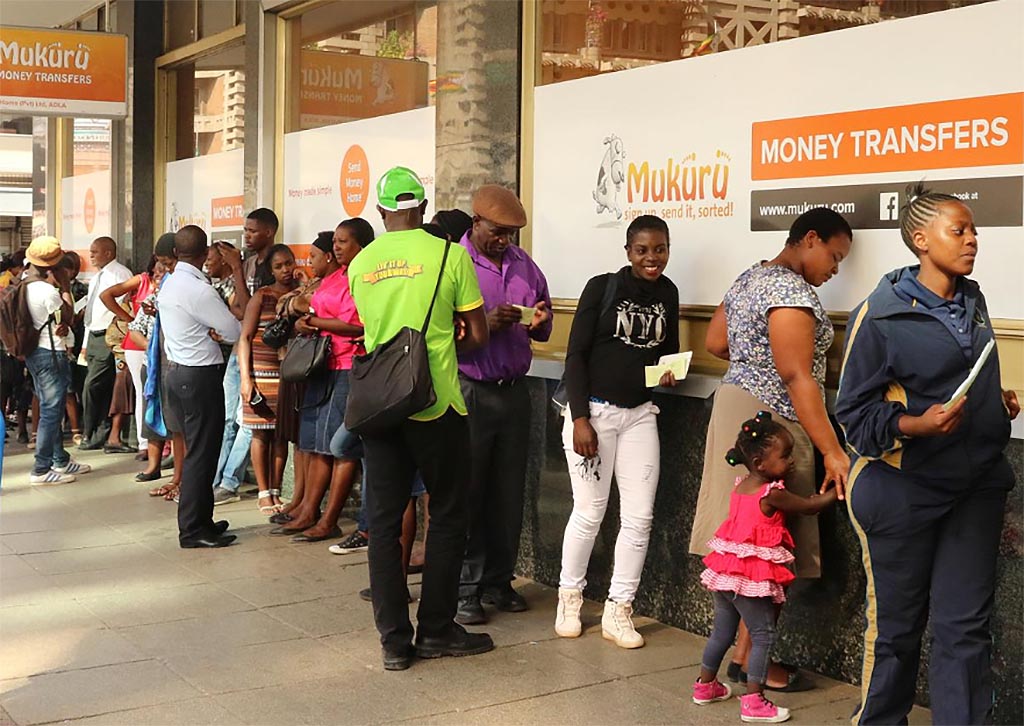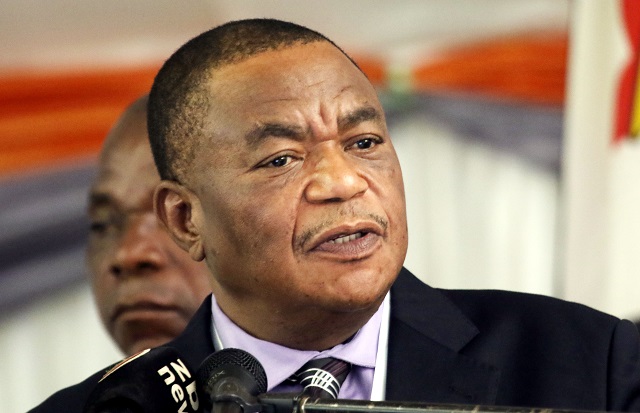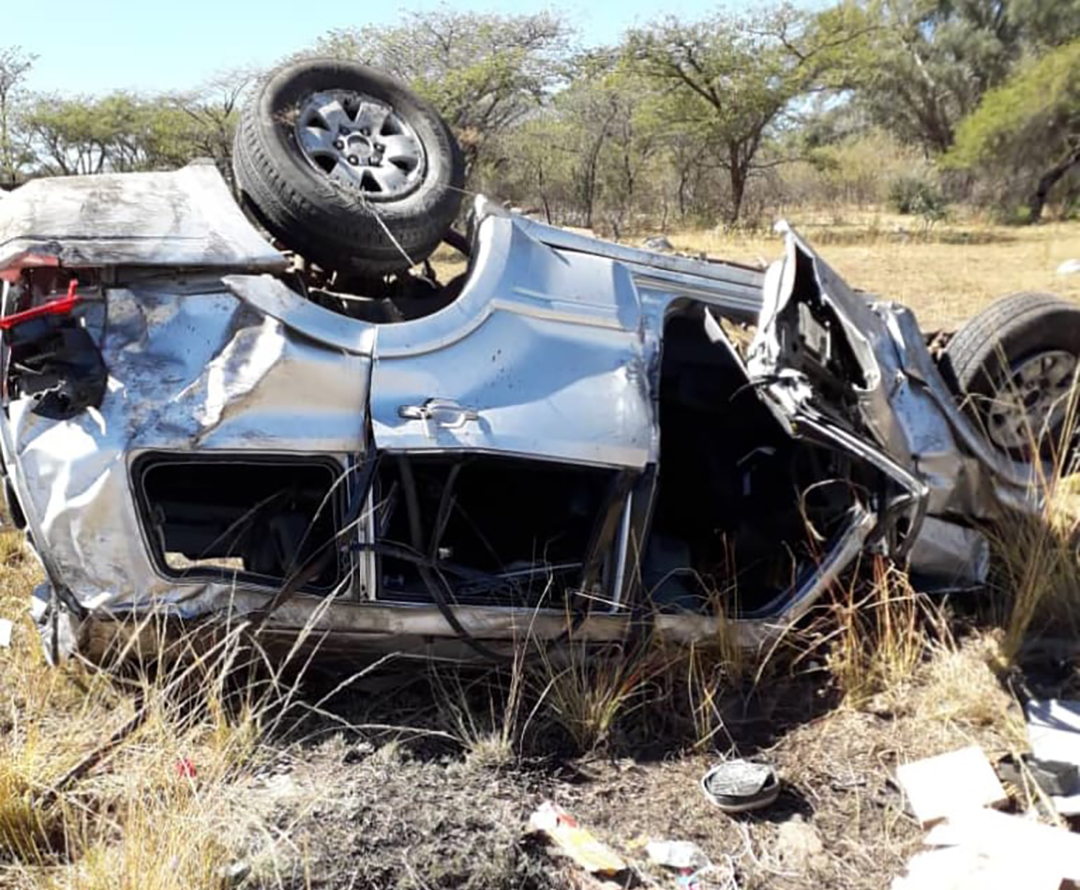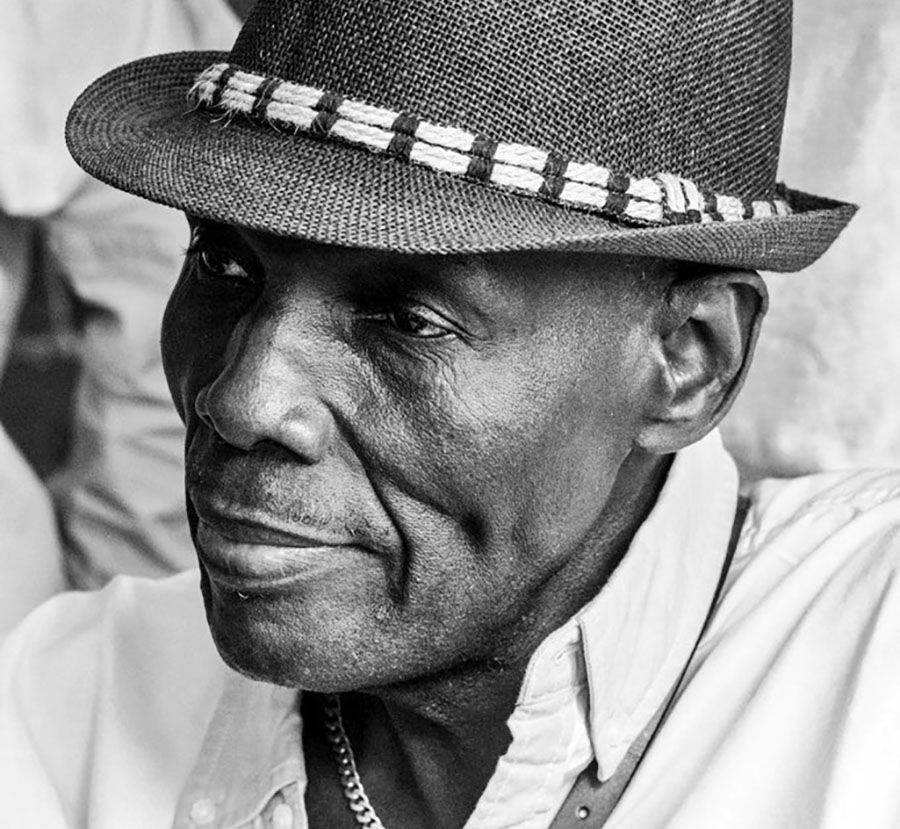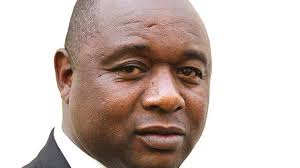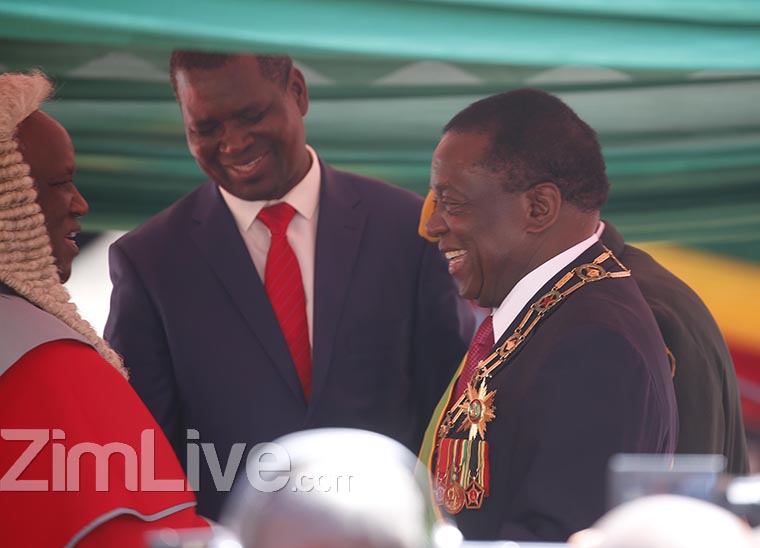HARARE – Zimbabwe’s dollar has started the new year on the back foot, plunging more than 40% on the parallel market, as high demand for foreign-exchange continues to outstrip supply.
A range of factors, including the end of tobacco sales and a softening of global commodity prices, has affected US dollar inflows into the southern African nation, causing its exchange rate to spiral, according to Persistence Gwanyanya, a member of the central bank’s monetary policy committee.
The mineral-rich nation gets 85% of its foreign exchange from mining.
“Even this quarter, our situation will not have got to normal,” he said in an interview Monday.
“We will need to manage the demand side, that is deal with the demand for forex and judiciously allocate resources.”
Zimbabwe has been struggling to stabilize its currency since its return into circulation in 2019. That’s led citizens to favor the US dollar over its local counterpart to pay for everything from food to medicines.
A series of Treasury interventions in June, including a demand for companies to pay their taxes in local currency, helped stabilize the volatile exchange rate.
Authorities blame exchange-rate volatility for fueling inflation. Consumer prices climbed 26.5% in December from a year earlier, quickening for a second consecutive month.
The local unit on Monday was changing hands at Z$10,900 per US dollar, according to ZimPriceCheck.com, a website that monitors official and unofficial exchange rates, significantly weaker than the official exchange rate of Z$6,467 per US dollar.
A weekly auction run by the central bank, which is the official source for US dollars for companies, closed in December for the holidays.
With the recent depreciation, the “equilibrium has been disturbed” as the gap between official and unofficial markets exceeds the 10% to 20% range set by authorities, said Gwanyanya.
“We will now be seized with re-establishing the equilibrium,” he said.

